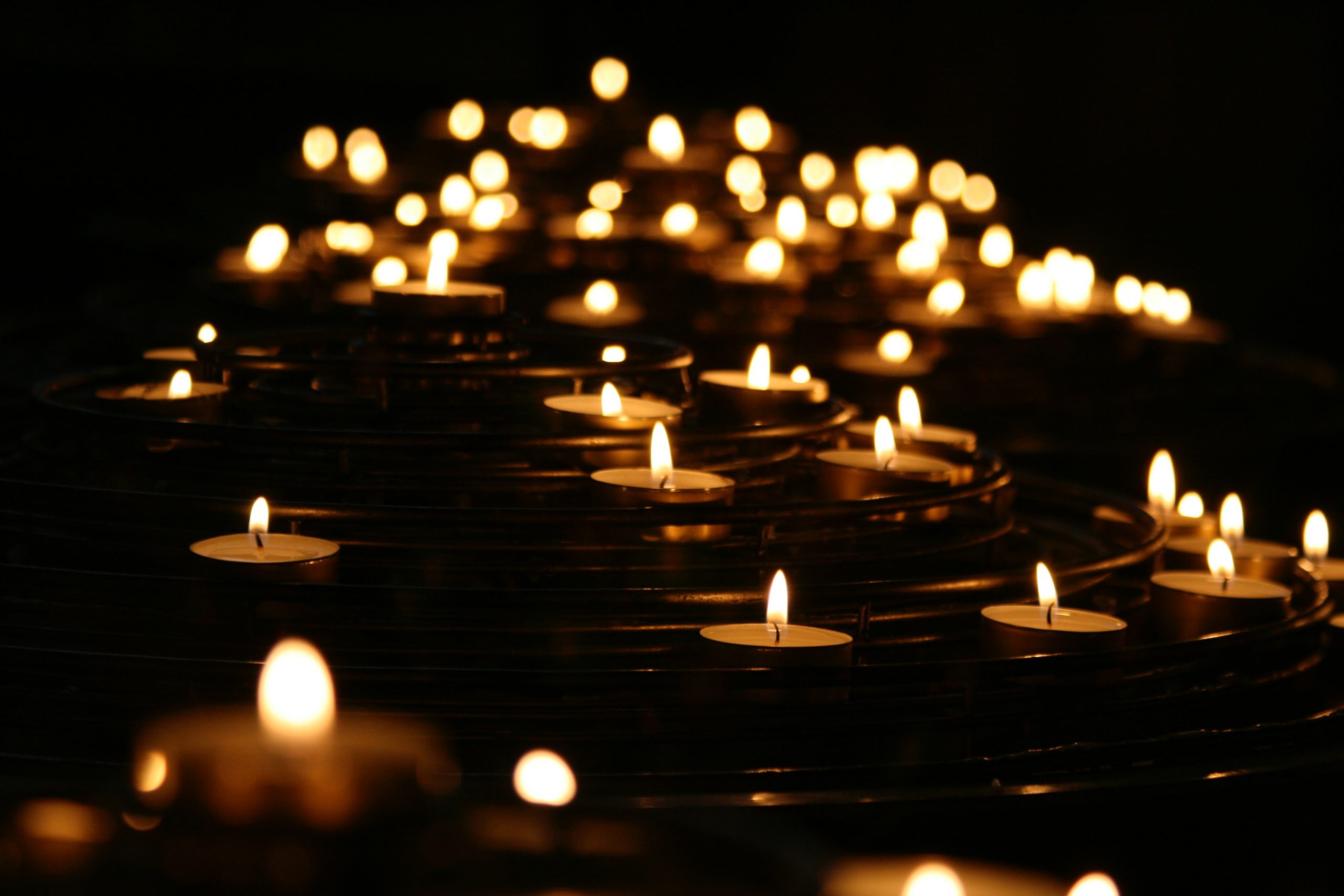Casket Makers Dig In as Sales Take Hit

As their sales slow, some casket makers worry their business is hitting a dead end. Sales of caskets have been declining for years as more people choose cremation. But the economic slump is compounding the industry’s woes as those who do pick caskets buy cheaper, more spartan accommodations for the hereafter.
In response, casket makers are diversifying, building less expensive models and expanding cremation offerings. The country’s biggest casket maker, Hillenbrand Inc., parent of Batesville Casket, is going outside the funeral business altogether. Earlier this year it said it would spend $435 million to buy K-Tron International Inc., which makes factory equipment.
“We are a very significant player in an industry that isn’t growing,” explains Hillenbrand Chief Executive Ken Camp.
Part of the problem is people like Marc Kruskol, a 52-year-old publicist in Palmdale, Calif. He doesn’t want a casket burial regardless of how strong the economy is, he says. When he dies, he wants to donate his organs and be cremated. Traditional burials are a waste of cash, he says. “It’s like taking a bag full of money and burying it.”
Annual U.S. casket sales peaked by volume at 1.9 million caskets in 2000, according to the Casket and Funeral Supply Association of America. Since then they have drifted down as cremations, which cost less and are gaining broader acceptance, have risen.
For the 12 months through September 2009, U.S. casket sales totaled 1.69 million, down from 1.74 million a year earlier.
The average cost of a traditional burial is $7,200, compared with $1,400 for the crematory fee, some form of memorial service and an inexpensive urn, says John Ross, executive director of the Cremation Association of North America.
The pace of cremations in North America has typically grown at about one percentage point a year, he says, with 36% of deaths being followed by cremation in 2008. But, he says, he expects that cremations grew at a slightly faster pace in 2009, accounting for 38% of deaths.
People who do choose caskets or coffins?coffins have six sides, caskets are rectangular?have become more frugal during the slump, forgoing higher-priced “luxury” boxes made of precious metals and lined with expensive fabrics like silk.
Revenue at custom coffin maker Coffin It Up, for example, has declined 50% during the past 18 months, says co-owner Dusty Schoening, who runs the company with her husband, Brian, in Pahrump, Nev. In particular, demand has fallen for the couple’s preordered custom coffins, which are embellished with engravings or artwork and sell for up to $10,000 apiece. To save money, the couple has cut back on trips and concerts. “We’ve had to make changes in our lifestyle,” says Ms. Schoening.
The big players are making changes too. At casket giant Hillenbrand, Mr. Camp was considering buying a business outside the industry before the recession, but the slump persuaded him to pull the trigger.
The state of the economy scared people into tightening their purse strings so much “it spilled over into funeral services,” he says. For its year ended Sept. 30, 2009, Hillenbrand’s revenue fell 4.3% from a year earlier to $649.1 million, and for its quarter ended Dec. 31, revenue was down 3% to $161.5 million. Hillenbrand sells cremation products, but the lion’s share of its sales are caskets.
Seeking a manufacturer with more growth potential, Mr. Camp checked out more than 400 companies. In January, he agreed to buy K-Tron, which has two main businesses: a “size reduction” unit, which makes machinery used at power plants to crush raw materials like coal, and a maker of equipment that conveys, weighs and dispenses raw materials within factories.
Jamie Clement, an equity analyst who covers Hillenbrand for Sidoti & Co., says diversifying with the K-Tron purchase makes sense because “death care is inherently low growth.”
Hedging its bets is a strategy Batesville is familiar with. In 1929, its former parent used steady cash flow from the casket business to expand into hospital beds and other health equipment. In 2008, the parent, Hillenbrand Industries, spun off Batesville, along with Mr. Camp, the CEO, into a new company called Hillenbrand Inc.
Revenue at Matthews International Corp., the second largest U.S. casket maker, fell 4.6% to $780.9 million for its year ended Sept. 30. In its fiscal first quarter, sales nudged up overall but fell at the casket business as customers bought fewer and cheaper units. Matthews also makes bronze memorials for cemeteries, cremation equipment and mausoleums.
“We saw a decline in the overall price of our caskets sold,” says CEO Joe Bartolacci. He’s now making acquisitions in areas of the funeral business he considers more promising, such as cemetery markers.
Other casket makers are making lower-priced models. Jonathan Field, president of Jonathan Field Collection, which specializes in military caskets, started noticing that his customers were ordering more of his lower-priced caskets in December 2008 as the downturn deepened. In March, he will start selling a casket for $1,200, less than half the price of his main model, which sells for $2,850. The cheaper version will have fewer embellishments.
But Laurie D’Onofrio, a 50-year-old nurse from Staten Island, N.Y., would still prefer to be cremated. In her family, most people choose burial, but she thinks traditional burials are needlessly expensive?and a little icky. “I don’t like the idea of rotting away,” she says. “Ashes to ashes, dust to dust.”
Source: Wall Street Journal



